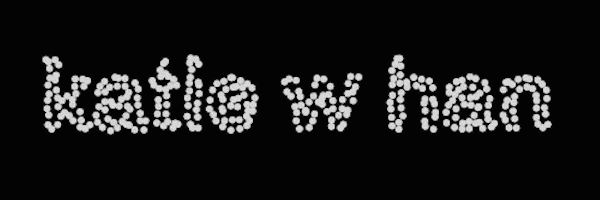Dreamcatcher
As my final project for ICM, I worked on something very personal to me: a collection of dreams that I have had over the past few years. I have dreams almost every night, but I tend to forget them after I get up. However, recently, I found out that I had been texting some of them in the mornings to my partner over the past couple years. I went through my text messages and found an archive of my dreams.
My collection of dreams is presented in the form of a spider web, referring to the Native American dreamcatcher object that I used to love as a kid. Clicking on links, represented by jiggling particles, takes the viewer on a journey through the web of dreams. Computationally, I wanted to create an illusion that the viewer is in control of their experience, but in fact, the sequence of dreams is somewhat randomly chosen for them at run time. As a result, even if the viewer clicked on the same exact links every time, it may not be the same experience. This felt close to the way I experience dreams—thinking that I am in control of the self and what is happening around me, but actually lacking that very control.
In the data set, each dream is broken down into lines that consist of text and possible links. Every time a dream is visited, the next dream is chosen by the computer for each link from the list of possible links, excluding ones that were already visited. Eventually, all of them lead to the amnesic end dream. The dream text is rendered with points that jiggle and explode with Gaussian randomness. The background gradient colors were hand-picked from one of my favorite footage of the sky that I took in Seattle, where the sky and the clouds are breathtaking.



